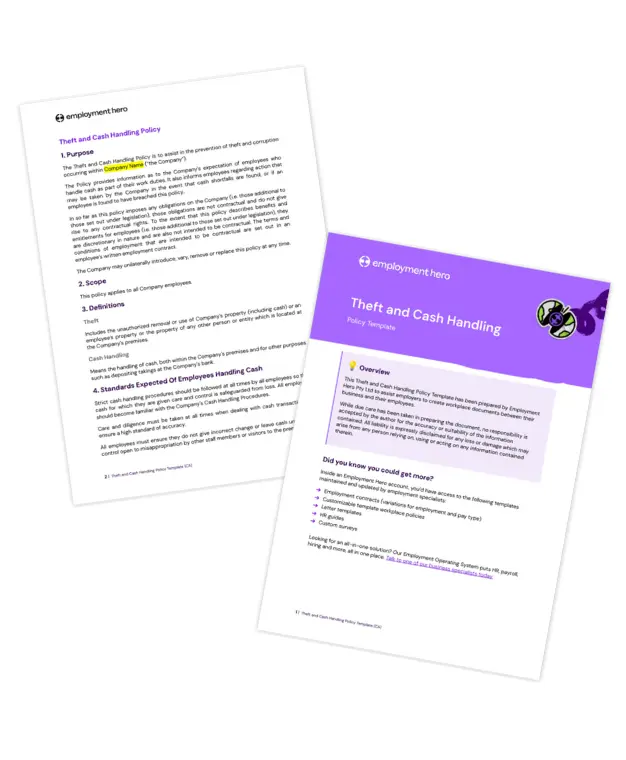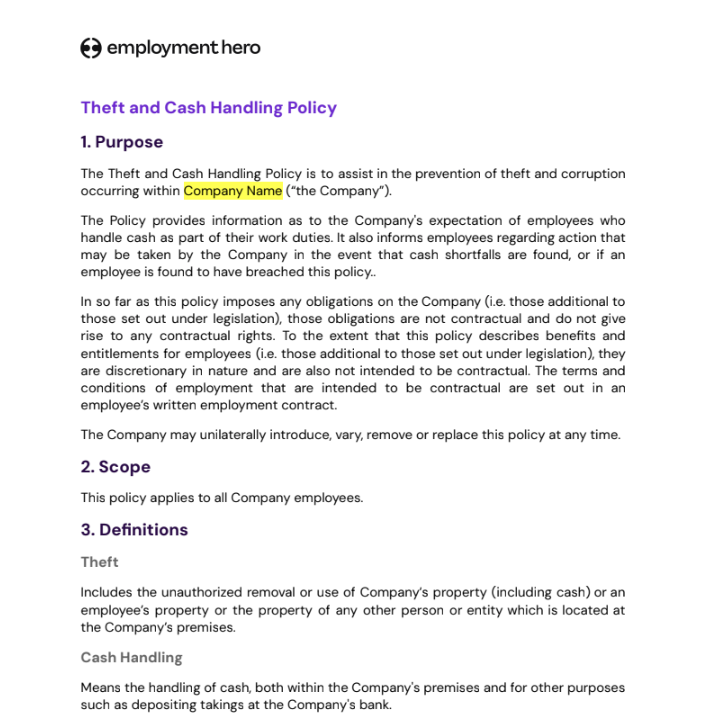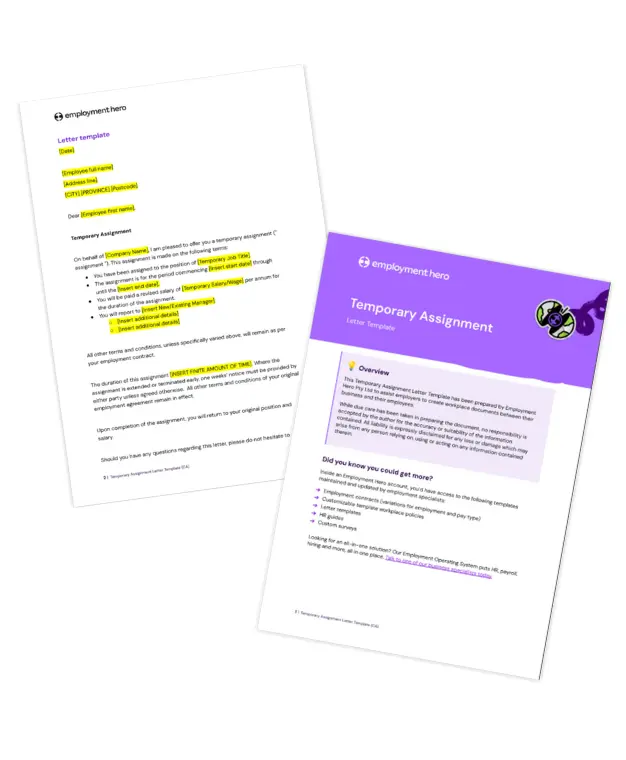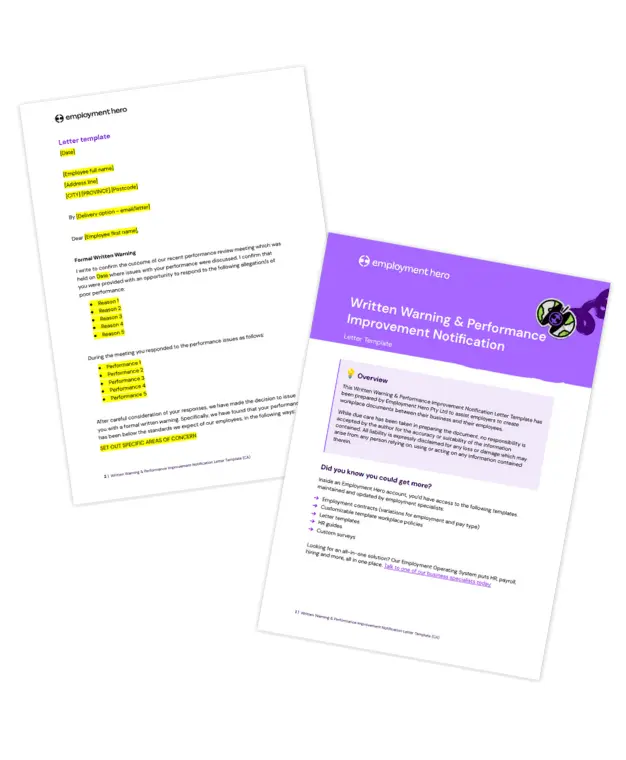Cash handling policy template and guide
Published
Cash handling policy template and guide
Published
When you’re responsible for a business, protecting your assets is a top priority. A solid cash handling policy is one of the most effective tools you have to prevent theft, reduce errors and ensure financial accountability.
This guide will walk you through what a cash handling policy is, why it’s essential for any organization and how you can create one tailored to your needs. We’ll provide a comprehensive, downloadable template to help you get started, complete with best practices. By the end, you’ll have everything you need to implement a robust system that secures your finances and builds confidence with employees and stakeholders.

What is in this cash handling policy template?
When you download our cash handling policy template, you’ll receive a comprehensive, ready-to-use document that outlines clear standards for managing cash and financial transactions. This template includes a formal policy and a detailed guide on creating robust internal controls. It helps you protect your business from loss, reduce opportunities for theft and supports compliance with key regulations.
What is a cash handling policy?
A cash handling policy is a formal document that provides a clear framework for how an organization manages cash and other financial equivalents, such as checks and credit or debit card transactions. It outlines secure and efficient procedures to protect financial assets, minimize errors, prevent fraud and ensure your business complies with tax and accounting regulations. By establishing specific procedures and responsibilities, a well-defined policy acts as a critical line of defense for your business’s finances.
Why do businesses need a cash handling policy?
A clear cash handling policy protects businesses from loss and significantly reduces opportunities for theft or misappropriation. This is achieved through the use of internal controls, such as:
- Segregation of duties: Separating financial tasks among different individuals.
- Dual custody: Requiring two people to be present for high-risk activities.
- Reconciliation requirements: Regularly comparing cash on hand to transaction records.
These controls minimize risk by ensuring no single person has complete control over cash collection, processing and reconciliation.
Cash handling policy template
Here’s a preview of the policy template you can download and customize based on your requirements:

How to make a cash handling policy
Creating a cash handling policy begins with defining its purpose and scope. Your policy should clearly state who it applies to and what types of payments are included. From there, you’ll establish specific responsibilities, outline secure procedures, set deposit timelines and define expectations for staff training and background checks. Clear documentation, regular reviews and defined authorities are key to supporting accountability and compliance.
Defining roles and duties
A critical component of a strong policy is assigning clear responsibilities throughout the cash handling lifecycle. To reduce the risk of fraud, different individuals should be responsible for collecting, recording, depositing and reconciling cash. If full segregation of duties isn’t possible, you can use compensating controls, such as having a manager review deposits or reconcile a cash drawer, to enforce accountability.
Secure handling, storage and processing
Your policy should provide detailed instructions on how cash should be processed, stored and transported securely. This includes using safes or locked storage, restricting access to authorized personnel and ensuring no cash is left unattended. For added security, you can mention features like drop slots or vault storage. Your policy should explicitly state that funds must never be mailed or left in insecure locations.
Reconciliation and deposit procedures
Your policy must detail how to reconcile daily cash activity, compare it to transaction logs and deposit cash into the organization’s bank account in a timely manner. To ensure accuracy and accountability, your policy should require documented deposit slips, error logs and a process for tracking discrepancies. For large deposits, a dual custody procedure is recommended, as are regular audits to verify compliance.
Staff training and compliance review
To ensure your policy is effective, you should require background checks for employees who handle cash, provide mandatory and refresher training and regularly review the policy.
Elements of a cash handling policy
Effective cash handling policies are built on clear, practical procedures. You can draw inspiration from established businesses and adapt their principles to fit your company’s scale and needs. Typically, here’s what cash handling policies encompass:
- Guiding principles: Policies often start with guiding principles, such as maintaining security, ensuring accuracy and enforcing accountability. They may explicitly state that cash handling is a privilege, not a right and that all staff must adhere to the procedures to protect the organization and its stakeholders.
- Defining “Cash”: They define “cash” broadly to include currency, checks, money orders and electronic payments. This ensures the policy’s scope is comprehensive and that all forms of payment are handled with the same level of care and control.
- Secure storage: Policies mandate specific secure storage methods, such as using locked cash drawers or fire-resistant safes. They often specify that cash must be stored in a secured location at all times, with access restricted to a limited number of authorized personnel.
- Segregation of duties: A core principle is separating duties to prevent a single person from controlling an entire transaction. For example, one person might accept payment, another might record the transaction and a third person might prepare the deposit.
- Dual custody: For larger sums or during high-risk activities like counting the daily takings, dual custody is required. This means two authorized individuals must be present to count, verify and secure the cash, with both individuals signing off on the process.
- Float management: Policies often include procedures for managing floats (the initial amount of cash in a register). This includes strict rules for balancing the float at the beginning and end of each shift and documenting any discrepancies.
- Mandatory reviews: To ensure the policy remains effective, it requires regular audits and reviews. This ensures that procedures are being followed and that the policy adapts to new technologies or changes in operations.
Best practices for developing a cash handling policy
An effective cash handling policy prioritizes security, accuracy, accountability and compliance. To build a robust cash management practice and foster stakeholder confidence, we recommend the following best practices:
- Perform daily reconciliations of cash activity.
- Require dual custody for all large sums of cash.
- Conduct regular training and audits to ensure compliance.
- Establish a schedule for reviewing and updating the policy.
- Use clear and concise language in all documentation.
Download our cash handling policy template
Creating a strong cash handling policy doesn’t have to be complicated. Our comprehensive template gives you a solid foundation to protect your business from theft, reduce errors and build stakeholder confidence.
Download our template and take the first step toward a more secure and accountable cash management system.
Register for the template
Related Resources
-
 Read more: SR&ED Made Simple: A beginner’s guide on how to get up to 64% of technical salaries back as cash!
Read more: SR&ED Made Simple: A beginner’s guide on how to get up to 64% of technical salaries back as cash!SR&ED Made Simple: A beginner’s guide on how to get up to 64% of technical salaries back as cash!
Learn how to claim up to 64% of technical salaries back with SR&ED. Free webinar for Canadian startups and HR…
-
 Read more: Temporary assignment letter template for Canadian employers
Read more: Temporary assignment letter template for Canadian employersTemporary assignment letter template for Canadian employers
Need to draft a temporary assignment letter? Use our expert template to clearly outline employee roles, duration & expectations for…
-
 Read more: An employer’s guide to written warning (+Free template)
Read more: An employer’s guide to written warning (+Free template)An employer’s guide to written warning (+Free template)
Need to issue a written warning? Stay compliant and professional with our expert guide and free warning letter template.

















